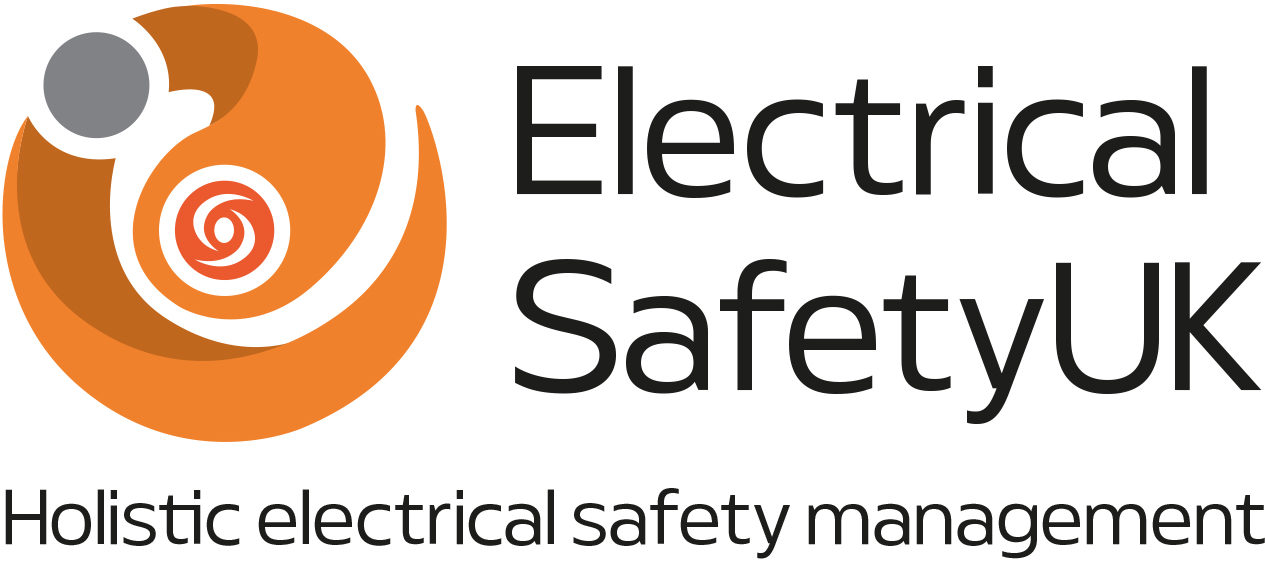
Jersey General Hospital in Saint Helier on the Island of Jersey.
The hospital is operated by the government of Jersey and provides care for approximately 100,000 Islanders and visitors to the island of Jersey.
Requirements
Jersey General hospital was actively aspiring to understand and manage the arc flash risk on their complex electrical network. Jersey general hospital confirmed that they are referring to the Health Technical Memorandum 06-02: (HTM 06-01) when carrying out electrical work within the healthcare premises.
The memorandum outlines the requirements for working on or near live electrical equipment since it is sometimes impractical to isolate essential services that supply critically ill patients.
One of the risks to consider when carrying out a risk assessment for live working is arc flash. To understand the amount of incident energy that may be released if an arc fault was to occur while carrying out live work an arc flash study needs to be completed.
As a leading consultancy company in arc flash risk assessment and management, Electrical Safety UK Ltd (ESUK) were contacted by Jersey general hospital to provide a proposal to carry out an arc flash risk assessment study at the hospital.
Jersey General Hospital required a suitably qualified and competent contractor to successfully deliver the arc flash study to their requirements and provide the necessary information to assist them with managing their arc flash risk.
Solution
Electrical Safety UK Ltd visited the Jersey General Hospital to discuss the arc flash requirements required by the hospital and undertake a pre-assessment to determine and collect the data of their electrical network.
Whilst at Jersey General Hospital ESUK provided a short presentation on arc flash awareness and the ESUK approach for the arc flash study. This was presented to a mixture of electricians and supervisors.
After the site visit and discussion with Jersey General Hospital ESUK provided a fixed price proposal for the Arc Flash Risk Assessment Study. At the start of the project milestones and a completion date were agreed.
Approach
ESUK agreed the scope and strategy with Jersey general hospital’s Electrical Manager.
ESUK conducted the discovery phase of the work gathering and verifying site installation information on the electrical distribution system network and equipment. This information was collated on our tablet using our EasyPower© Onsite software tool, which allows photos to be take of the specific equipment or protective devices and tagged to the equipment.
This collected information enabled us to develop an initial single line model of the distribution system using the EasyPower© software. Data may be outstanding after the data collection visit as it may not be possible to collect some information safely without isolating the equipment. It may not be possible to isolate equipment during the site visit due to operational requirements. We therefore provide a verification and outstanding information data pack for data which could not be collected during the site visit.
Following the provision of this outstanding information a full arc flash analysis was conducted on the Jersey General Hospital distribution system model using the EasyPower© software to undertake: –
- Short Circuit Analysis to IEC 60909.
- Protective device and distribution equipment short circuit breaking/rating capacity analysis.
- Simple protective device co-ordination (TCC’s).
- Arc flash incident energy analysis.
- Arc flash boundary distance.
The site was supplied at high voltage (11kV) from Jersey Electricity on five radial circuits to stepdown transformers that supply the LV network. The LV network is a complex system with non-essential and essential equipment interlinked throughout. ESUK’s engineering team went through the single line model in great detail with the Jersey hospital electrical manager to make sure that the single line model correctly represented the actual configuration of the electrical network.
Any instances where the 3-phase prospective short circuit current exceeded the breaking capacity of the protective devices were highlighted in the arc flash risk assessment report. Protective device characteristics showing any instances of miscoordination were provided for the circuit protective devices.
Incident energy levels and arc flash boundary distances were listed for all equipment included in the scope of the study.
Incident energy hazard reduction analysis was then conducted and preferred options and order of magnitude of cost were given for the reduction of the incident energy where it was above 8 cal/cm2.
We provided a Microsoft Teams video presentation of the Arc Flash Risk Assessment Report to Jersey general hospital’s Electrical Manager to assist in the understanding of the arc flash risk assessment study, its findings, the recommendations, and the proposed next steps to support the improvement and management of their arc flash risk.
European Standard compliance arc flash labels were issued to Jersey general hospitals once site personnel approved the design along with up-to-date single line drawings for the electrical distribution network that provided the Site Data, Prospective Short Circuit Current (Fault Study) and Arc Flash Study Analysis information.




